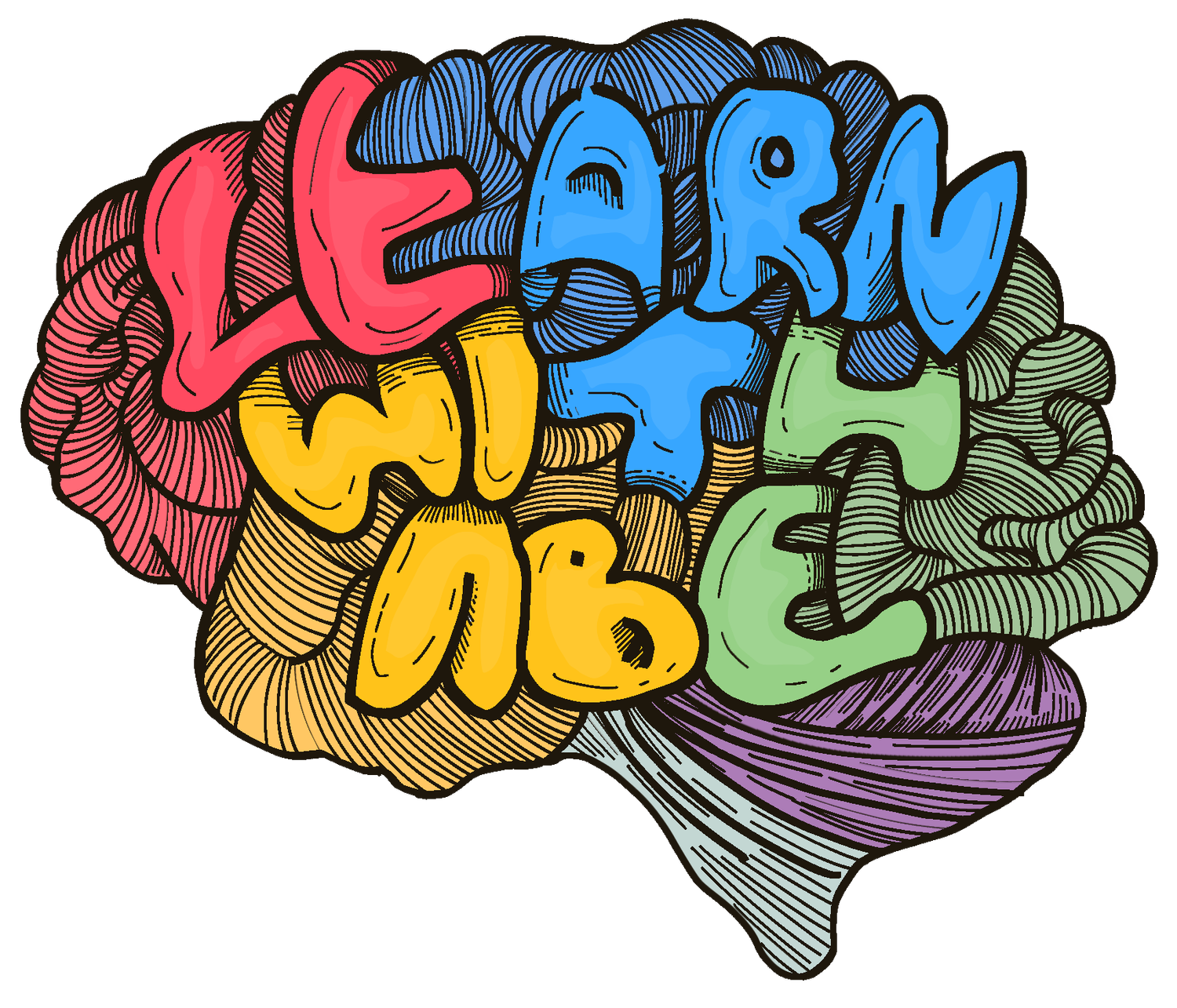5 Best Ways to Study Anatomy and Physiology
Anatomy and Physiology is one of the greatest obstacles in a student’s journey to medical school (or their undergraduate degree, for starters). It can be a totem for academic anxiety for semesters at a time.
While college professors and academic self-help books will swear on dated techniques that may only help you survive the never-ending piles of coursework, I am here to offer you a better solution.
Here are just 5 strategies that you can start utilizing today for both better grades in anatomy and physiology and better learning as a whole:
1. Learn before the lecture
This first point seems like it would be an obvious recommendation, yet most students never look at a PowerPoint or book chapter before seeing it in class (if at all).
The inherent truth of the matter is, that if you want to pursue a medical profession, you need to take an active role in your learning.
This means reading the chapter/chapters before attending the lecture and engaging with the material dictated to the class. Imagine the learning benefits of having each lecture be a review in itself! So in all, be sure to take some time to see the material before you review it in the lecture!
2. Skip the notes
Many students' go-to study method at all learning levels is predominantly taking and reviewing notes. However, it is one of the LEAST effective study methods out there!
It takes a lot of effort, time, and energy to generate notes based on assigned readings from the textbook or even lectures, but there is not much benefit regarding learning and memory!
This is because reading textbook material and simply rereading the content jotted down in your notes is an extremely passive process.
Have you noticed there are times that you are reading and you have no idea or recollection of what you just read seconds ago? This is why skipping the notes may ultimately save you time and energy to do what matters, LEARN!
3. Use Active Recall through the testing effect
As we talked about previously, we want to be active in our learning to achieve the best results in the long term. To do this, using what is known as the testing effect is critical.
Research suggests that the best learning happens when you test yourself on the material in a way where you struggle with it.
This is due to increased synaptic bridge formation and forced association with the material that you know!
If you can’t answer a question while testing yourself, then review the information by reviewing what you know and actively thinking about what you don’t know based on the lectures and textbook!
4. Practice Spaced Repetition
As research suggests default network prioritizes active forgetting and the synaptic pruning of unused memory information, the need for spacing out study sessions becomes very apparent.
As described in 1885 by german researcher Herman Ebbinghaus, newly learned information follows a “forgetting” curve where memory experiences an exponential decay over time.
This can lead to many problems when studying lots of material and result in poor test scores. Therefore, reviewing learned material (in an active way) after some forgetting has occurred can help flatten out the forgetting curve after a few increasingly spaced intervals of review!
For more information on this technique and how to apply it, be sure to read How to Remember More of What You Learn with Spaced Repetition
5. Stop making excuses
Lastly, stop making excuses for why you can’t study!
No matter the rationalization, it is simply not worth the extra stress when the midterm or the eventual MCAT make its way to the front of your calendar.
If you have bad habits that linger from the past, reshape them with the outline provided in the well-written book Atomic Habits by James Clear.
If you would like to discuss these strategies and many more in person, be sure to schedule an online session with an Anatomy and Physiology Tutor!

